E-commerce personalization creates tailor-made user experiences which allow shoppers to find what they want more easily.
From a business perspective, it improves customer satisfaction and loyalty, sales, and stock management.
With all that personalization in eCommerce has to bring to the table, there’s no reason not to implement it. So, let’s dive into personalization in retail and see how brands from different industries implement it.
What is E-commerce Personalization?
E-commerce personalization is the strategy of creating a personalized shopping experience for online customers. E-commerce stores use customer’s preferences, previous purchases, browsing history, and demographic information to craft personalized shopping journeys. The main goal is to improve customer satisfaction while also boosting sales.
Benefits of E-commerce Personalization
Personalization in eCommerce offers benefits for both customers and businesses.
Buyers can enjoy an improved customer experience because they:
- see a curated selection of products relevant to them, which makes shopping less overwhelming and time-consuming.
- are more likely to find what they are looking for, leading to higher customer satisfaction.
- can interact with different website elements – browsing user-generated content or completing a product recommendation quiz.
E-commerce businesses become more competitive as they:
- nurture potential and repeat customers successfully, leading to higher conversion rates and larger orders.
- build customer loyalty, which is closely related to customer satisfaction and engagement.
- handle product stock more effectively – by actively gathering customer data, they make informed decisions about discontinuing products or restocking.
Personalization vs Customization: What’s the difference?
Personalization curates an experience that is unique to every customer. Customization allows the customer to tailor the experience to their preferences.
So, while personalization uses user data to gauge what the customer wants, customization is about the customer creating what they want.
For instance, an online store that recommends a particular shoe style based on your previous searches uses personalization. If you can change the color of different parts of the shoe – the tongue, midsole, or laces – that’s customization.
Nike By You, Nike’s co-creation service, allows customers to customize more than ten elements of their shoes – from the color and type of materials to adding text, such as their names.
1. Continuous shopping experience
Continuous shopping allows users to have a singular personalized experience across multiple visits to your website. When a customer adds filters, browses your online store, and then leaves, they can pick up from where they left off the next time they visit.
Continuous shopping is reminiscent of Netflix’s continue-watching feature, which remembers where you stopped watching. It saves time for visitors and engages them right from the start with a personalized homepage.
Here’s an example from Amazon – when you enter the website, they show a selection of personalized product recommendations related to a previous website visit.
Need help transforming your online store and create a shopping experience like never before?
Contact Growth Hackers
2. Dynamic pricing
Dynamic pricing is a pricing strategy for adjusting the price of products in real time depending on market demand, allowing companies to maximize earnings.
Prices vary based on user demographics, purchase history, historical sales data, time of the day, inventory level, and competitor pricing.
A well-known use case for dynamic pricing is airline ticket prices. They are used to stimulate purchases, manage supply, and reach optimal profitability.
Here’s another example from Zalando, an online fashion and beauty retailer. When an item is in stock, the price drops to encourage purchases. Once most sizes of the same item are sold out, the price goes back up. This approach allows online businesses to address stocking challenges such as overstocking.
3. Product recommendation quizzes
Product recommendation quizzes are a type of interactive quizzes that assist customers in quickly choosing the right product for their needs by answering a few questions.
Product quizzes are fun and practical – they help shoppers deal with choice overload, i.e., the challenge of deciding when presented with multiple options. Another benefit is that they save customers time researching and comparing similar products.
Sephora, a multinational beauty and personal care retailer, uses product quizzes to help customers choose from over 50,000 products. This way, Sephora can personalize content for each customer, tailoring their product recommendations to their unique preferences and needs.
Moreover, you can add lead generation forms to product recommendation quizzes. Collecting customer data and emails allows you to quality leads and segment them for further nurturing.
Ignite engagement and drive sales with eCommerce personalization today!
4. On-site product recommendations
Websites use the information on customers’ previously viewed and purchased products to create personalized product recommendations to increase order value.
There are several types of product recommendations:
- Similar products – similar items from other brands within different price ranges, aiming to suit every shopper’s budget and upsell.
- More from a brand – more items from one brand in the same and different product categories, encouraging customers to order several products.
- Pairing options – items that complement each other or are often bought together with the goal of cross-selling.
Here’s an example from Away, a premium luggage brand. On the product page, you see an add-ons section with accessories to complement your purchase. Next, at checkout, you get two more product recommendations.
5. User-generated content
User-generated content (UGC) shows buyers how peers use your products – it’s a form of social proof that helps build trust with your brand. UGC can be customer reviews or visual content shared on social media.
When customers vouch for your products, they are sending a strong trust signal to other potential buyers.
Alo Yoga, an athletic apparel company, leverages two types of third-party content across its website:
- Style inspiration photos of influencers show how prominent online personas are styling Alo Yoga clothing.
- Hundreds of customer reviews with practical filters help shoppers find the information they need to make an informed purchase decision.
Note that content moderation is essential for UGC – it ensures the content you share is appropriate for your audience and aligns with your brand.
6. On-site retargeting
On-site retargeting uses historical and real-time data about users’ browsing sessions to encourage purchases and increase the average order value.
You can use on-site behavior to trigger personalized offers, such as:
- Pop-up discounts for first-time visitors – they help you gather buyers’ emails for email marketing campaigns.
- Tiered discounts – a tactic that offers larger discounts for bigger orders, encouraging customers to add more items to their shopping carts.
- Banner with a limited-time offer – puts the spotlight on your deal while creating urgency for customers.
Let’s look at an example from Cult Beauty, a beauty products retailer. The moment a new visitor lands on its website, they see a pop-up that prompts them to share their email in exchange for a 15% discount. This approach stimulates quick conversion while also collecting emails for further marketing campaigns. So, using pop-ups for lead generation has immediate and long-term benefits.
Here’s a banner from Caudalie, a skincare company. It doesn’t feature a countdown, but it encourages orders with free shipping and guarantees that you will receive your order in time for Christmas.
7. Automated personalized emails
Automated personalized emails are excellent for off-site retargeting – to keep users engaged or bring them back to your website after they’ve shown engagement.
You can use emails to keep your brand on top of shoppers’ minds. Send them a curated selection of products they’ve viewed before, or inform them about new launches and discounts.
Target, a prominent US retailer, updates shoppers about new products using automated emails. In this case, it sends an email newsletter with new exclusive styles from the drinkware brand Stanley.
There’s another popular use case for automated emails.
Users who drop off your website after adding items to their cart or during the checkout process have demonstrated high customer engagement. To win them back, you can re-target them with emails offering free shipping or a limited discount on their next order.
Many factors determine the success of your email campaigns, and the first one is email deliverability. Integrate email verification tools with your email marketing platform to keep your email lists fresh, lower bounce rates, and protect your sender’s reputation.
Implement an E-commerce Personalization Strategy
With all its benefits for shoppers and businesses, personalization has become a standard in eCommerce. Customers expect online retailers to understand their needs and to facilitate their shopping.
The starting point for eCommerce personalization is search intent. Analyze user data to uncover what customers seek at different stages of the buyer’s journey. Then, see how you can help them complete their search with as little friction as possible.
While personalization has tremendous benefits for eCommerce stores, it starts with serving the customer.
FAQ
What is a personalization strategy?
A personalization strategy creates a tailor-made experience for every user. It starts with collecting user behavior data. Next, users who have similar needs are grouped together into segments. Marketers examine these segments and decide on tactics to optimize the buyers’ journey for every group.
Is personalization good or bad?
Personalization is good both for customers and B2C or B2B businesses. Surveys show that most customers are ready to share their data in exchange for a personalized experience because it makes finding what they want easier. For businesses, customer satisfaction directly relates to more sales, higher average order values, and loyal customers.
Growth Hackers is an eCommerce digital marketing agency helping businesses from all over the world grow. There is no fluff with Growth Hackers. We help entrepreneurs and business owners stand out with eCommerce personalization, increase their productivity, generate qualified leads, optimize their conversion rate, gather and analyze data analytics, acquire and retain users and increase sales. We go further than brand awareness and exposure. We make sure that the strategies we implement move the needle so your business grow, strive and succeed. If you too want your business to reach new heights, contact Growth Hackers today so we can discuss about your brand and create a custom growth plan for you. You’re just one click away to skyrocket your business.




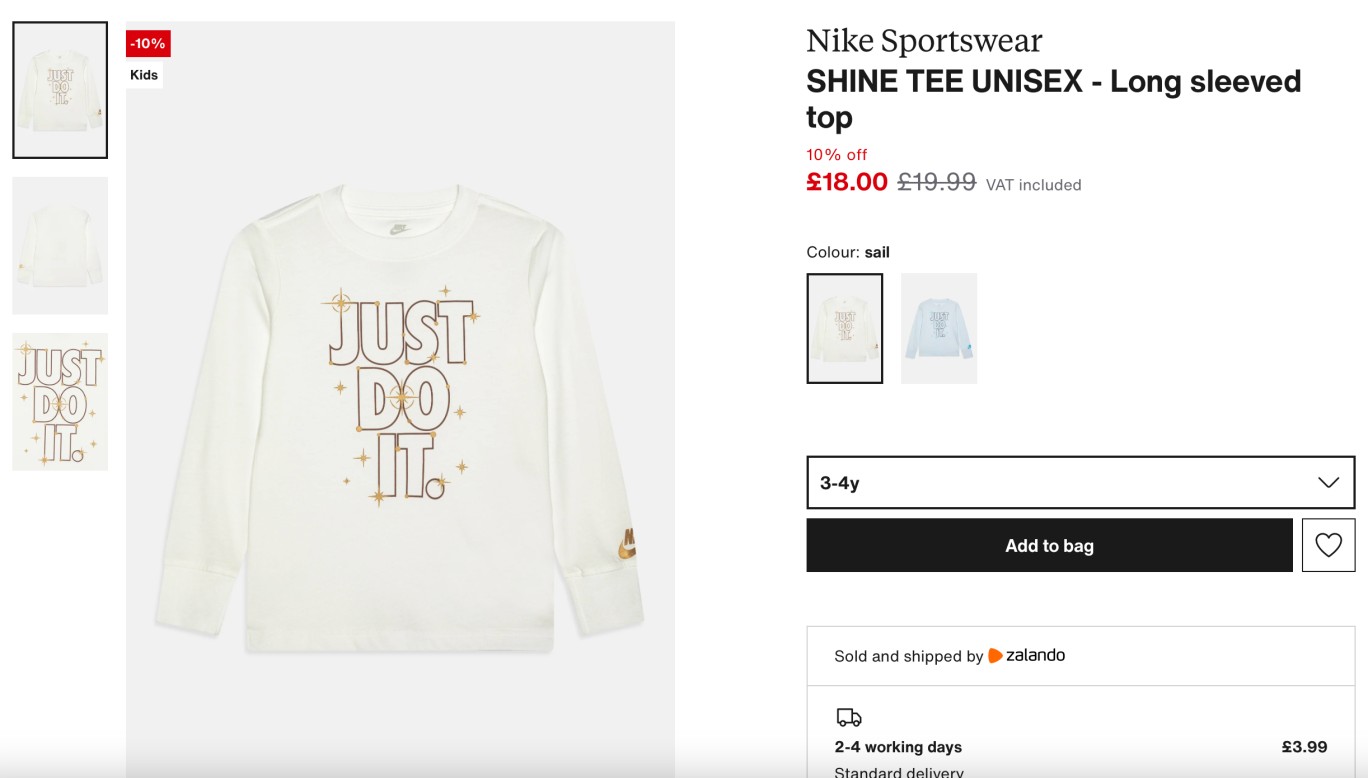
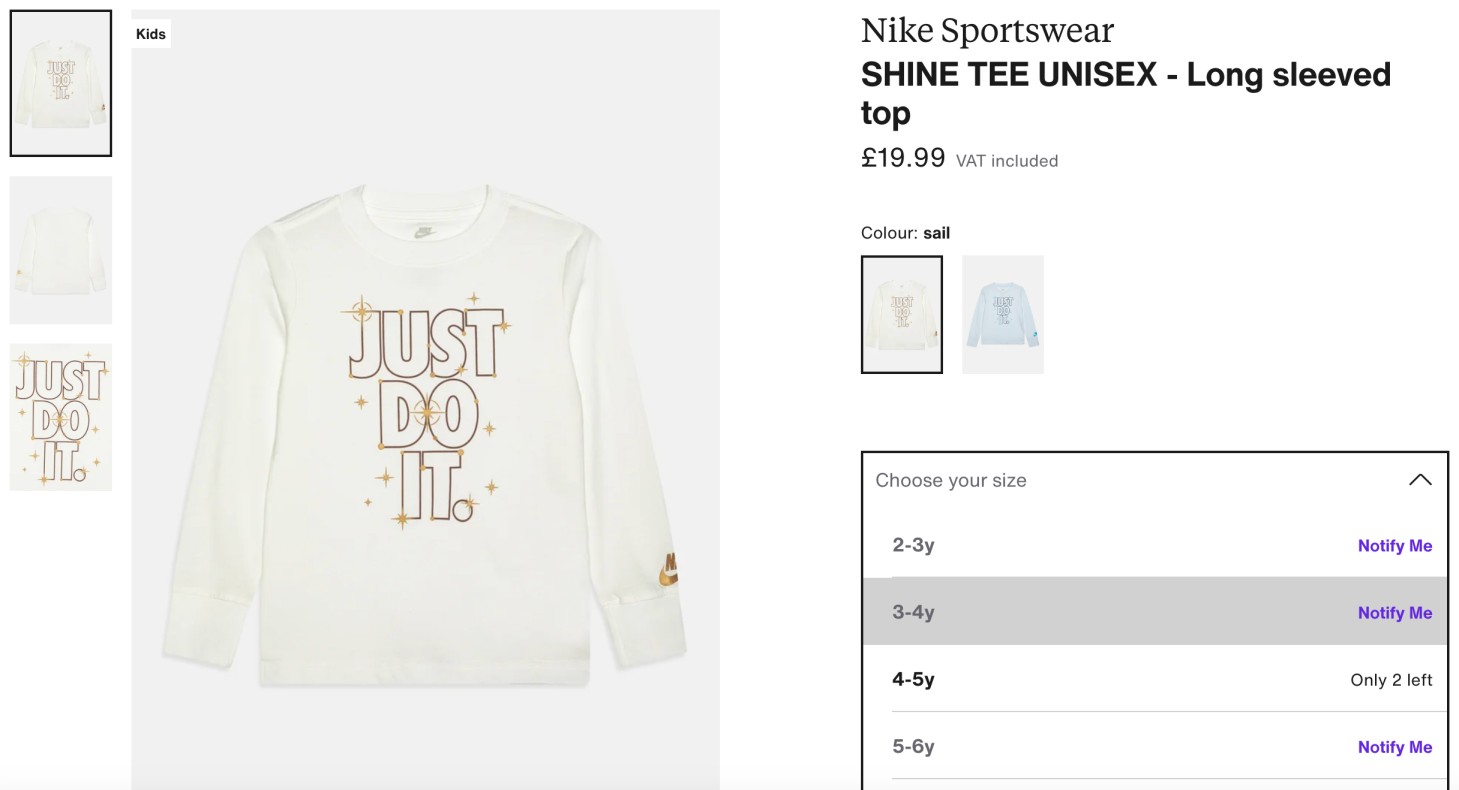
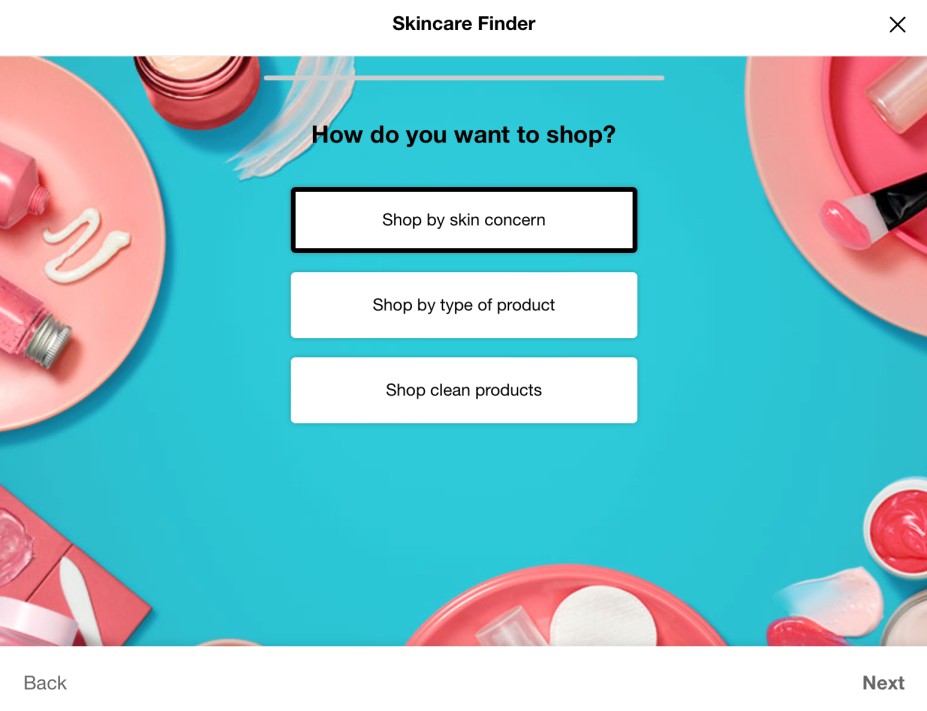
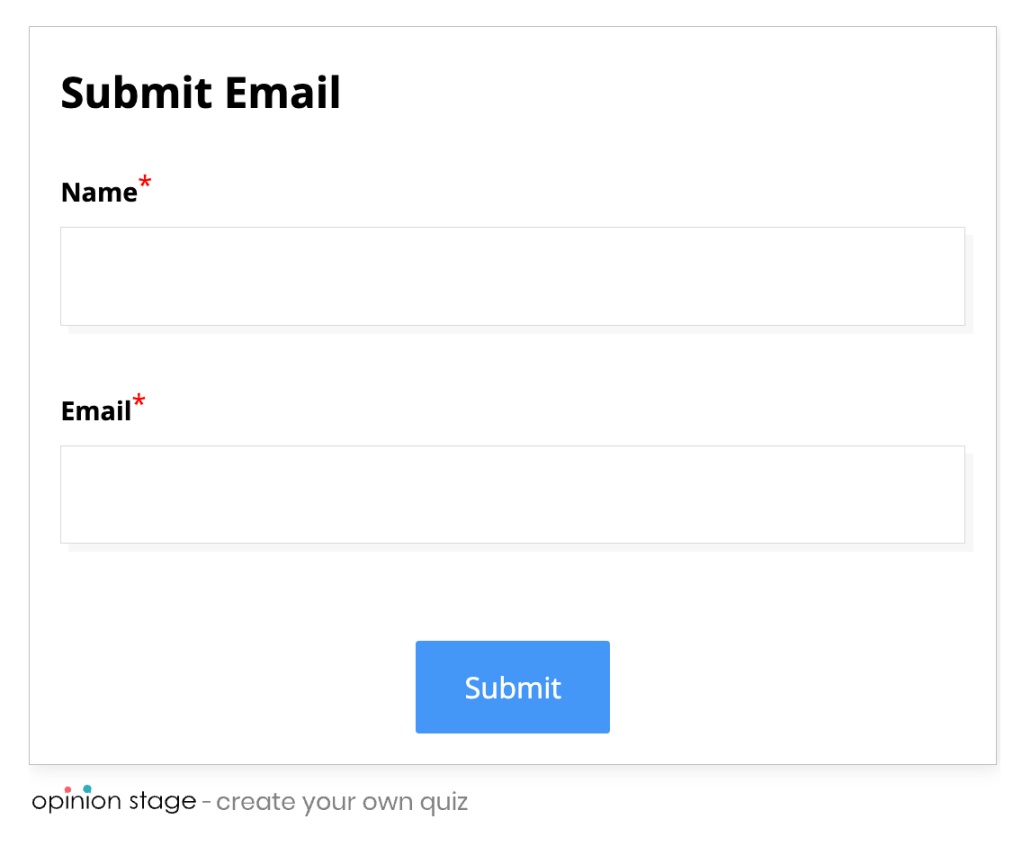
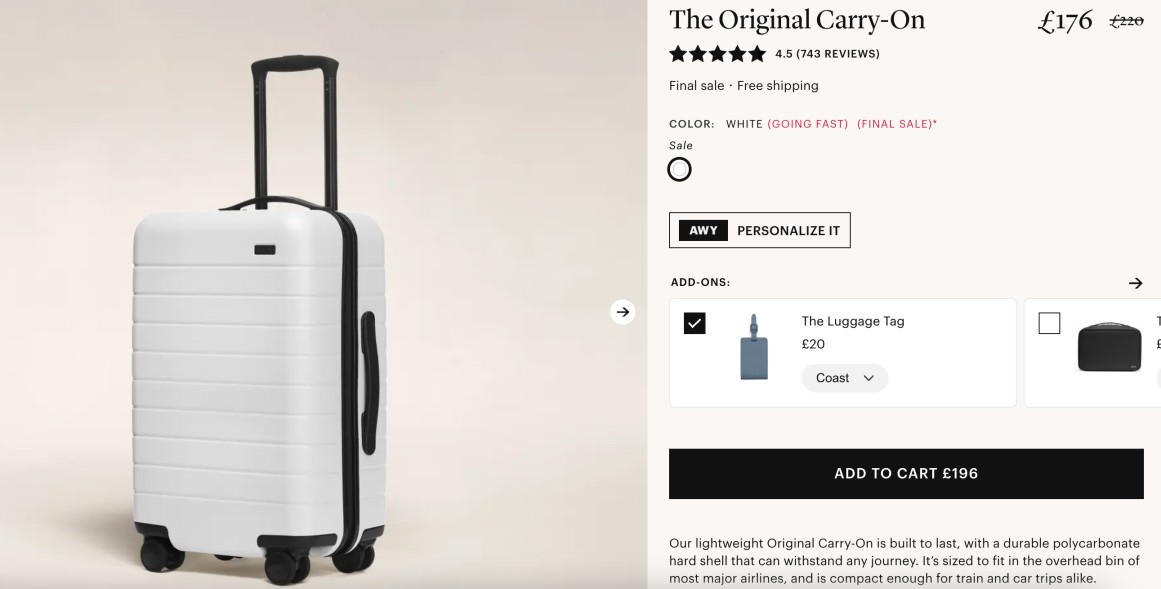
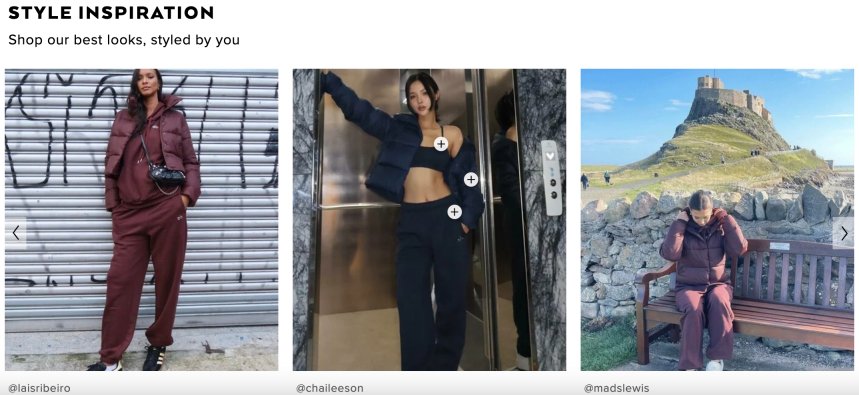
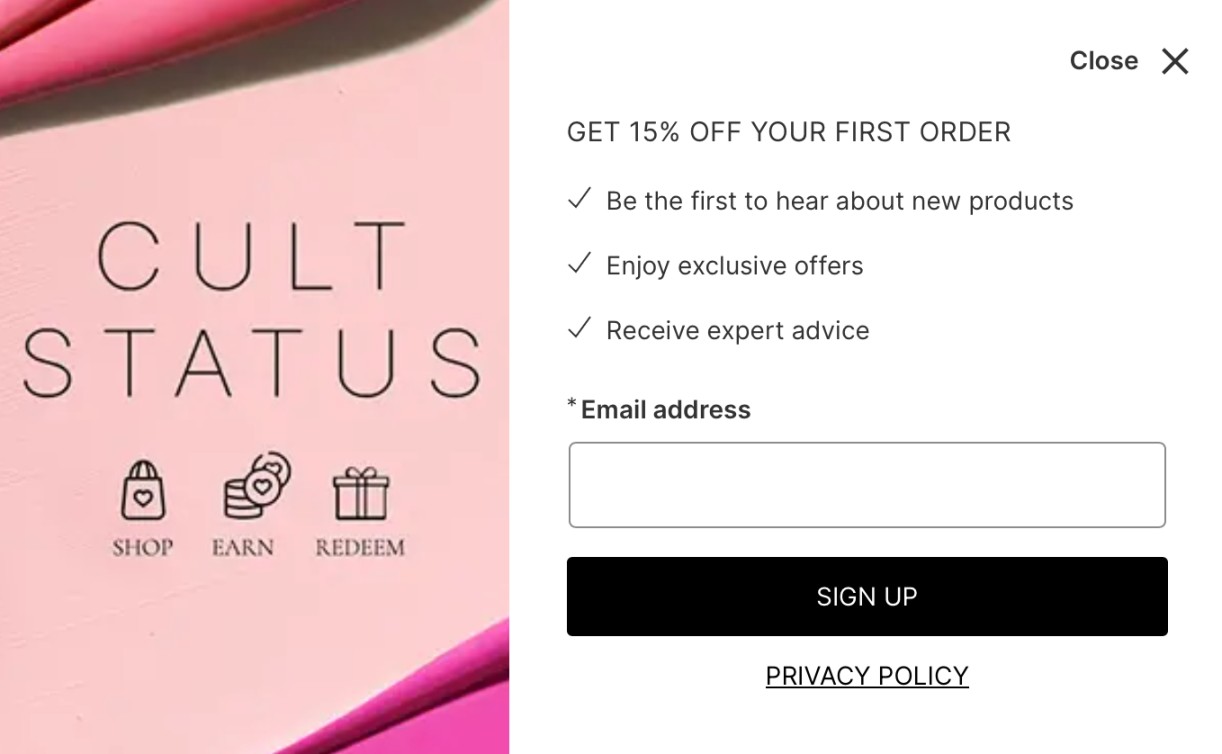
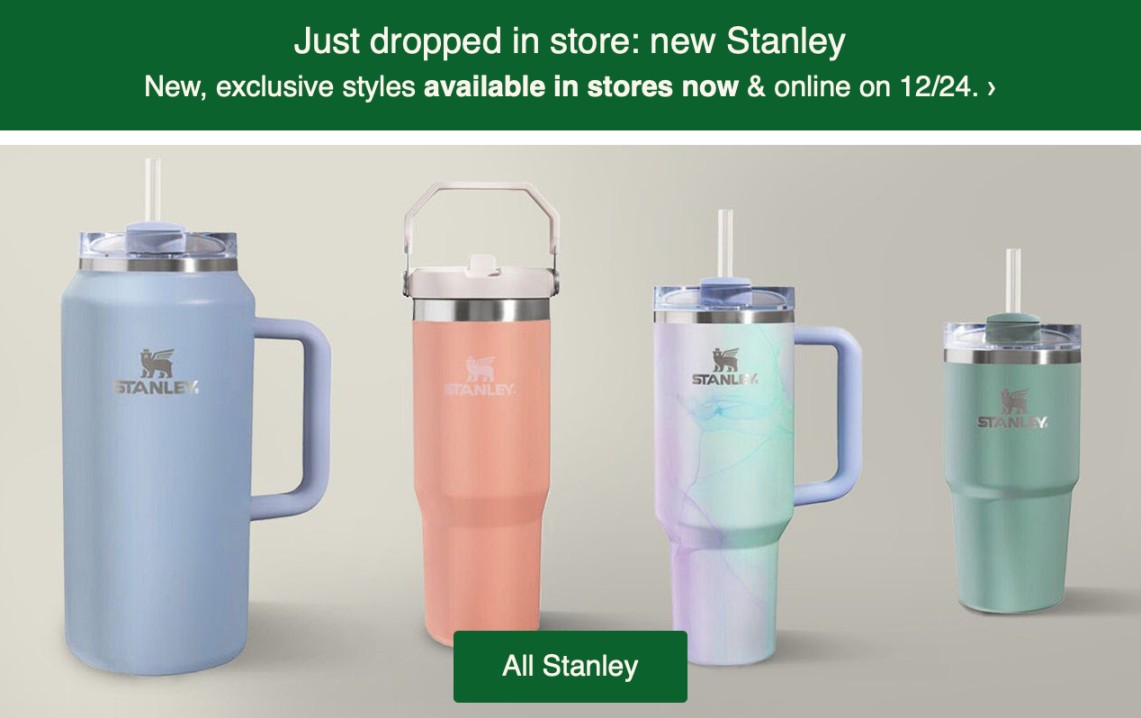



1 Comment
Thanks for the informative blog post! I would like to add a few supplementary points that may benefit your readers:
1. VIP Customer Personalization
2. Personalized Mobile App Experiences
3. Personalized Product Reviews and Ratings
4. Customized Content Experiences Based on User Preferences
5. Personalized Packaging and Product Inserts
6. Personalized Virtual Shopping Assistants
7. Personalized Retargeting Ads Across Various Platforms.